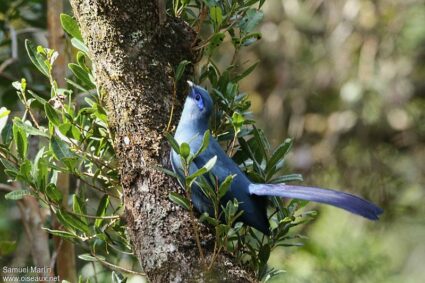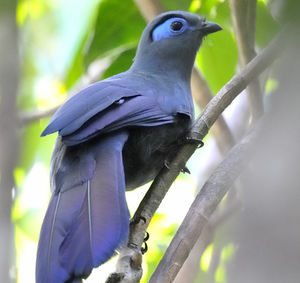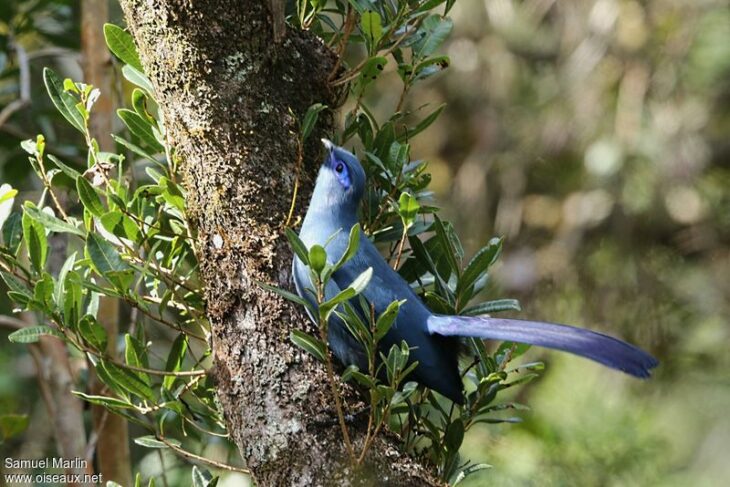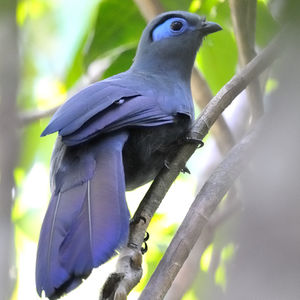
Are you dreaming of embarking on a journey to the exotic island of Madagascar? Planning the perfect time for your adventure is crucial to ensure you experience the best of what this stunning destination has to offer. In this guide, we’ll delve into the climatic variations across Madagascar and help you determine the optimal time to visit based on your preferences and interests.
Understanding Madagascar’s Climate:
Madagascar experiences a diverse range of climates due to its vast size and varied geography. Generally, the island can be divided into two main climatic regions: the eastern coast, characterized by a tropical climate with heavy rainfall, and the western and southern regions, which have a more arid climate.
The Dry Season (April to October):
For many travelers, the dry season, spanning from April to October, is considered the best time to visit Madagascar. During these months, the weather is generally dry and sunny, making it ideal for outdoor activities such as hiking, wildlife viewing, and beach excursions.
In particular, the months of June to August are favored by visitors due to the mild temperatures and lower humidity levels. This period is perfect for exploring Madagascar’s national parks and reserves, where you can spot lemurs, chameleons, and other endemic species in their natural habitats.
The Wet Season (November to March):
The wet season in Madagascar, from November to March, brings heavy rainfall and high humidity levels, particularly along the eastern coast. While the lush landscapes are at their most vibrant during this time, the rainy weather can make outdoor activities more challenging.
However, the wet season also has its advantages. For birdwatchers and botany enthusiasts, this period offers excellent opportunities to observe migratory birds and witness the island’s flora in full bloom.
Choosing the Right Time for Your Trip:
Ultimately, the best time to visit Madagascar depends on your interests and priorities. If you’re seeking optimal weather conditions for outdoor adventures and wildlife sightings, consider planning your trip during the dry season.
On the other hand, if you’re fascinated by lush landscapes, vibrant festivals, and unique cultural experiences, the wet season may offer a different perspective of Madagascar’s beauty.
Final Thoughts:
Whether you choose to visit during the dry season or embrace the tropical rains of the wet season, Madagascar promises a memorable and enriching experience for all travelers. By understanding the island’s climate patterns and planning accordingly, you’ll be well-prepared to make the most of your journey to this extraordinary destination.
Are you ready to embark on your Madagascar adventure? Contact TourDago today to start planning your dream trip to this enchanting island paradise!



















